Tracing the Roots of Our Energy and Environmental Business
History of Uninterruptible Power Supplies (UPS) (Part II)
1970s: Dissemination of the UPS to online systems
In the last few years, reliability and stability have become very important in high speed and expanding data processing systems, especially on-line systems. Therefore, the requirements for reliability and stability have also become more severe in the case of power systems used to operate these data processing systems. However, in keeping with the development of power thyristors and the elimination of moving parts in various power devices, power systems for computer loads have also been shifting from the former rotational types (M-G sets) to the static types (thyristor inverters).
Recently, a highly reliable parallel redundant type of thyristor inverter was developed jointly by Fujitsu and Fuji Electric and was delivered to the Japan Central Racing Association.... Since this power supply is now operating well,....
Excerpt from Fuji Electric Journal Vol. 44, No. 8 (1971)
In the 1970s, online systems rapidly spread to connect banks nationwide via a network. The automated teller machine (ATM) became available in many places, people started to use cash cards, and salaries began to be paid in direct deposits. As online systems became indispensable in society, backup systems and uninterruptible power supplies with thyristor inverters were developed to prepare systems for disasters and breakdowns.
In particular, the office centers of financial institutions, which serve as core online systems, require high reliability from their power supply systems including UPSs, and a parallel redundant system was developed to provide backup even in the event of failure of a single UPS. In 1975, we developed a system for synchronous uninterruptible switching of commercial power supply as a backup circuit, for which we won the Progress Award from the Japan Electrical Manufacturers' Association. The technology used in this system made a significant contribution to the growing demand for UPSs and is still used in most UPSs today.
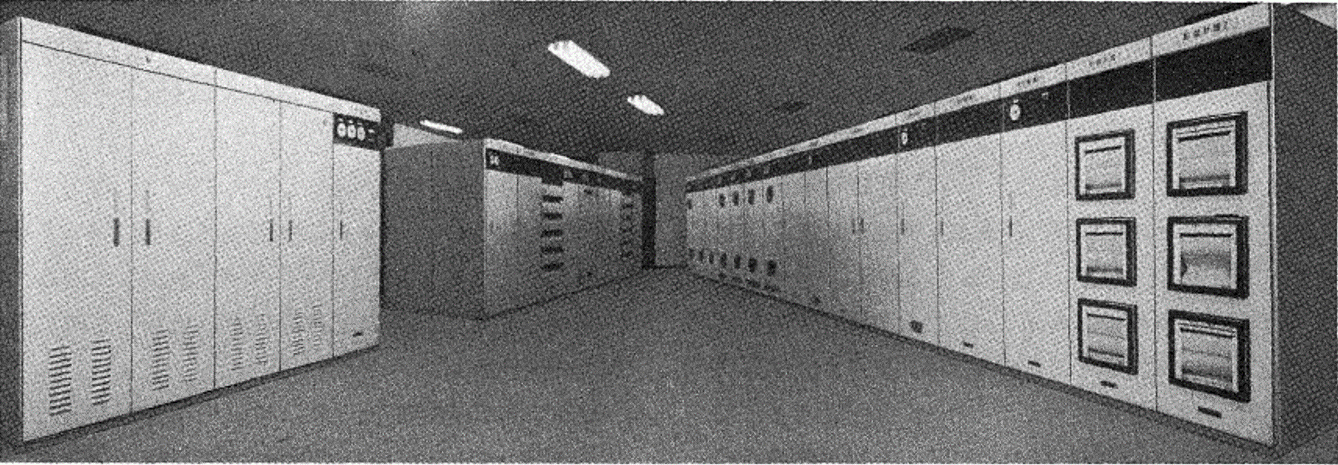
The static type uninterruptible power supplies based on thyristor inverters are constant-voltage, constant frequency. They have thus attracted attention, and the term "CVCF" was commonly used as the device name in Japan for more than a decade thereafter.
Thyristor-based uninterruptible power supplies have been demonstrated to have high reliability through a large number of actual use cases. Its uses have since spread to an increasing number of fields in addition to financial institutions, including public utilities such as electric power, gas, and water supply infrastructure; social infrastructure such as hospitals and broadcasting stations; and general industry such as petroleum and steel plants.
1980s: Increased need for small-capacity units and increased performance with the advancement of power transistors
Newer computer systems are changing from on-line centralized control to functionally dispersed processing by terminal computer, therefore low capacity, high reliability power supplies are demanded. Moreover, the manufacture of transistorized power supplies up to about 10kVA has been made possible through improved performances and stable supply of power transistors, and since a forced commutation circuit such as that of conventional thyristor system is unnecessary, excellent performances can be obtained in transient characteristics and efficiency. The 1φ3kVA transistorized CVCF inverter manufactured and delivered by Fuji Electric....
Excerpt from Fuji Electric Journal Vol. 51, No. 6 (1978)
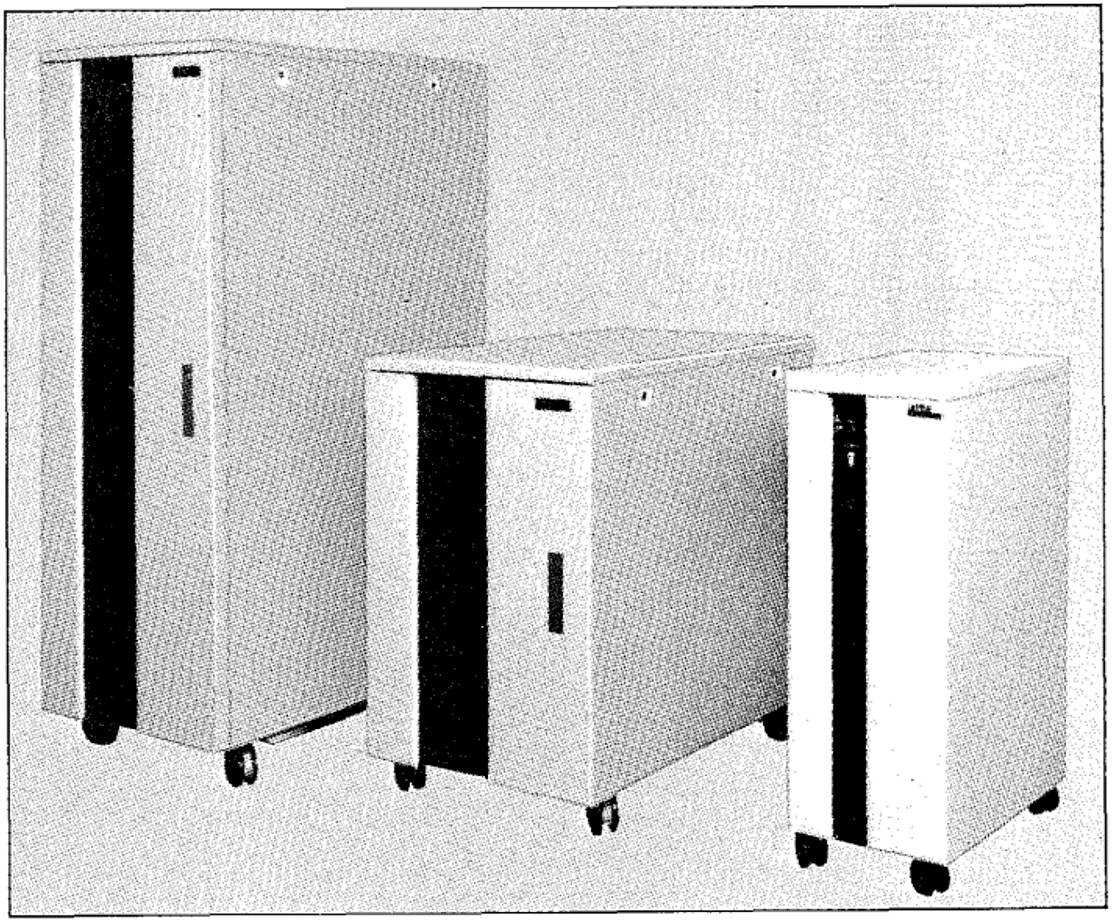
The widespread use of computers eventually spread to our daily lives and businesses in the form of personal computers, office automation (OA), factory automation (FA), and more. Small-capacity UPSs were also developed to respond to the need for OA and FA devices to be prepared for power failures. Small-capacity UPSs are expected to be highly reliable, as well as small in size and low in price. With the development of power transistors for commercialization, we added to our product lineup a single-phase output type UPS of 0.5 to 10 kVA, which employs a power MOSFET*1 that enables size and weight reduction.
-
*1
-
MOSFET (Metal-Oxide-Semiconductor Field-Effect Transistor), a type of transistor. The switching speed is fast, and power consumption is small. They are easy to make compact.
The realization of higher withstand voltage and higher current in the power transistor in recent years has rapidly expanded the range of its application to CVCF inverters of both small-scale and large-scale UPSs. This device takes advantage of the excellent characteristics of transistors, such as self-arc-extinguishing and high-speed switching actions, employing PWM control for the inverter.
Excerpt from Fuji Electric Journal Vol. 56, No. 1 (1983)
The use of power transistors expanded to large-capacity applications as well, and by 1983, the development of the standard series was completed for 20 to 600 kVA. In the 1980s, UPSs became smaller, lighter, higher in performance, and more efficient along with the commercialization of new semiconductor devices such as gate turn-off thyristors (GTOs), as well as bipolar junction transistors (BJTs), which were early power transistors. In addition, as the switching action of power semiconductors became faster, the use of PWM control*2, which enabled smaller size and higher output performance, increased.
-
*2
-
Pulse Width Modulation: A method of control that changes the pulse width of the output by turning high-speed switching on and off. The UPS uses a filter to smooth this switch to make the output waveform closer to a clean sine wave.
Related link
Recommended
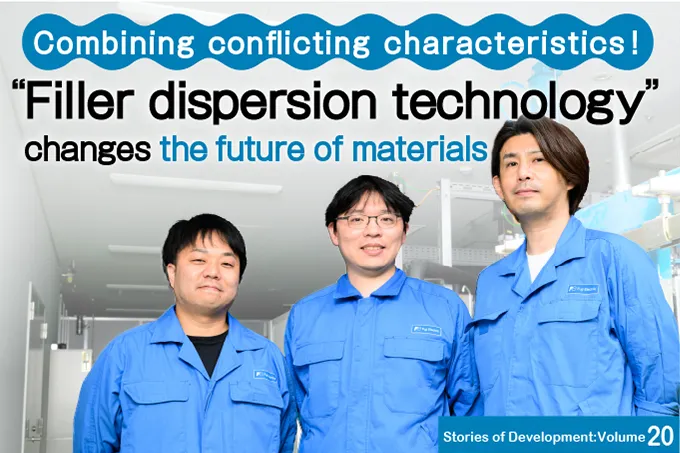
October 31,2025
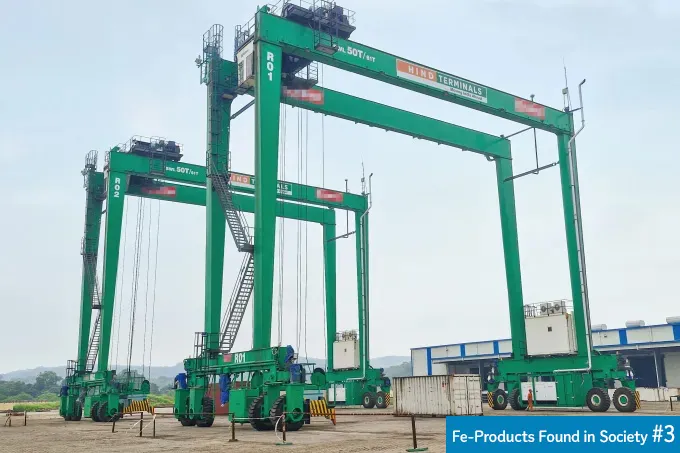
July 30,2025

July 28,2025
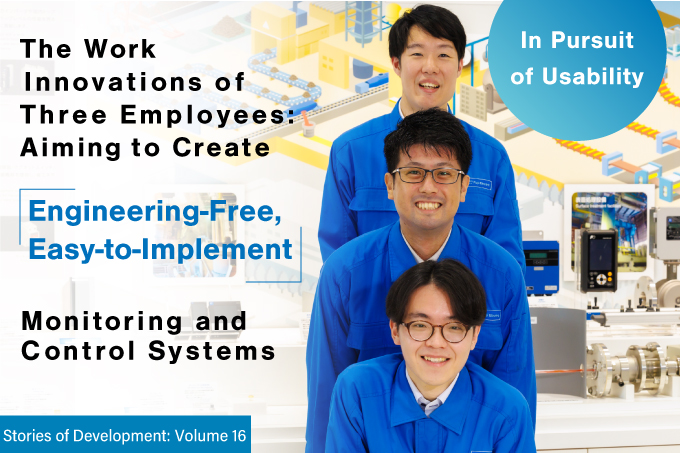
July 2,2025


